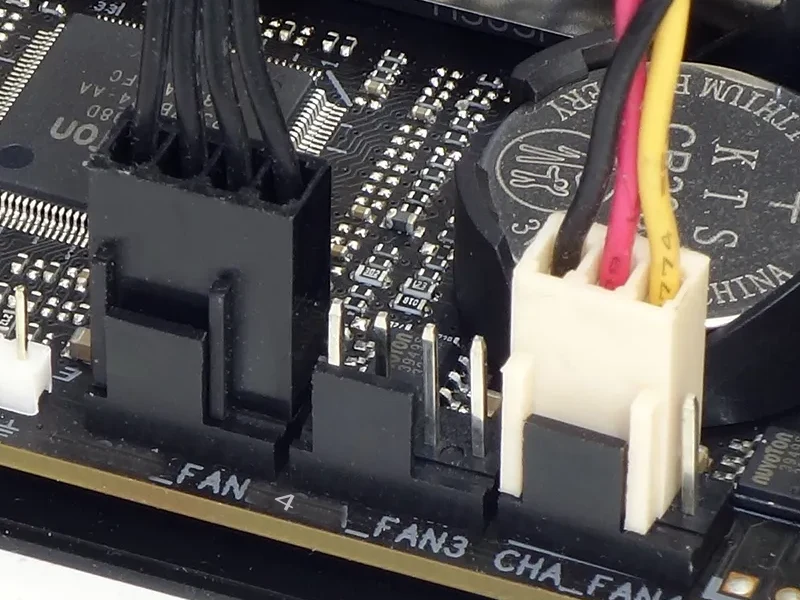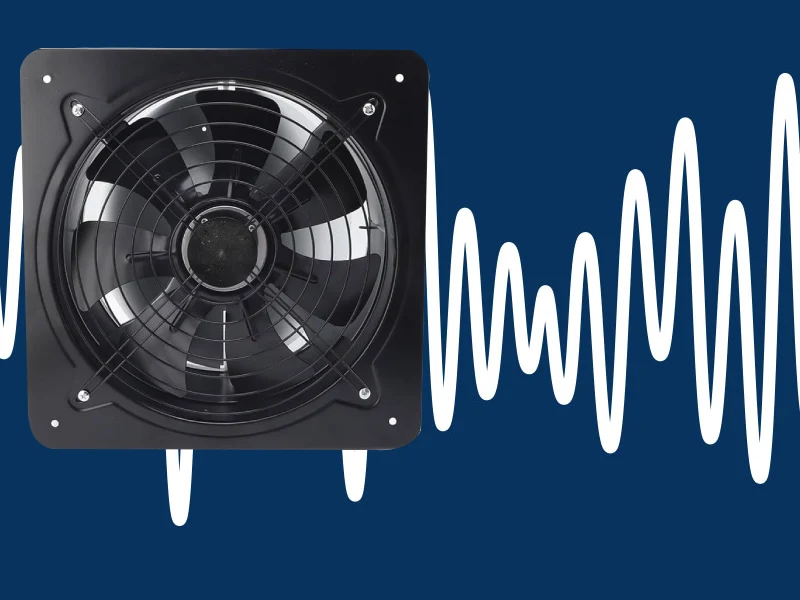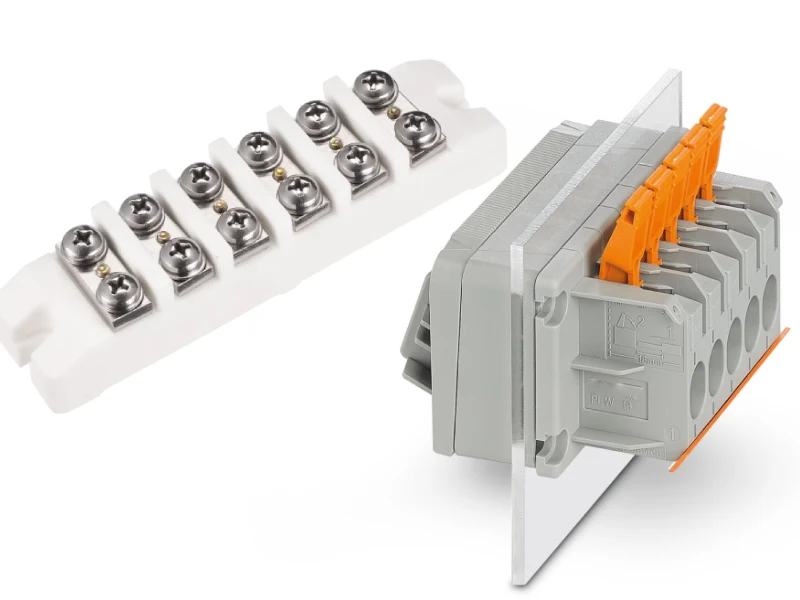Electrical ground links your electrical system to the earth. You need grounding because it is a very important safety step at home. This step keeps you safe from shock and fire by sending extra electricity away.
When you have good grounding, you make your home safer and lower the chance of danger. If grounding is missing or broken, a small wiring problem can become a big issue. Using electrical ground as a key safety step helps keep you safe every day and lets your devices work well.
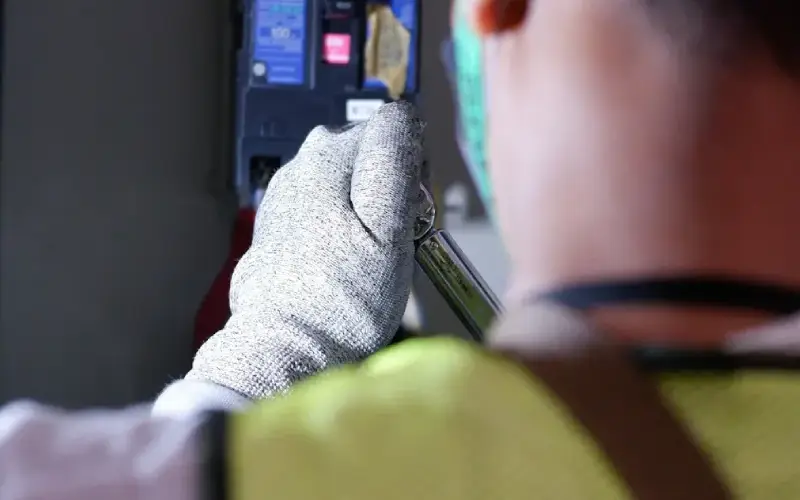
Electrical Ground Key Takeaways
- Electrical grounding links your electrical system to the earth. This helps keep you safe from shocks and fires. A good ground wire moves extra electricity safely into the earth. It helps circuit breakers stop power during problems. There are different types of grounds for different jobs. Earth ground is most important for home safety and lightning protection. Good grounding keeps your devices safe from harm. It makes voltage steady and stops surges. Always make sure your outlets are grounded. Use safety devices like GFCIs to lower risks at home.
Electrical Ground Basics
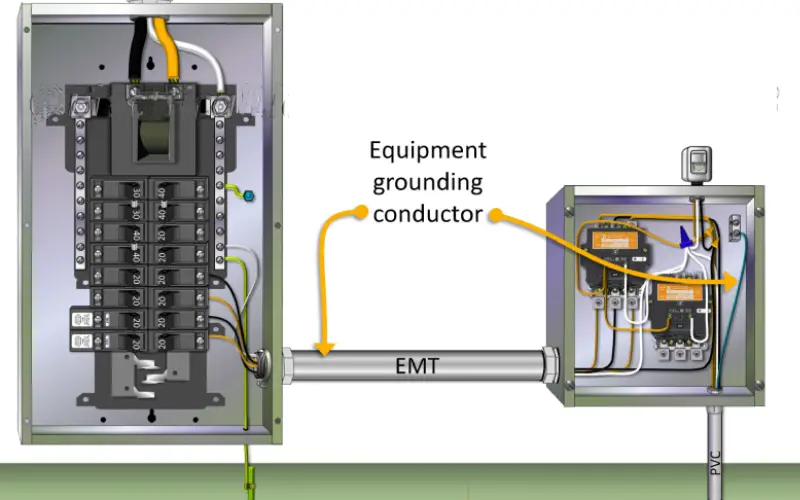
What Is Electrical Ground?
You may ask what electrical ground means at home or work. Electrical ground is a safety feature that links parts of your electrical system to the earth. The National Electrical Code (NEC) says electrical ground is the earth itself. When you use a ground wire, extra electricity can safely go into the earth. This keeps you safe from electric shock and protects your devices.
Tip: Always check that your outlets have a good ground connection. This easy step can stop dangerous problems.
Here are some facts about grounding and bonding from safety codes:
- Grounding is a metal link between your circuits and the earth.
- You use grounding to stop too much voltage from lightning or surges.
- Grounding helps keep voltage steady during normal use.
- Equipment grounding connects metal parts that do not carry current to the earth, so you do not get shocked if a wire comes loose.
- Bonding joins metal parts together, making a path for fault current.
- The earth is a zero-volt reference point for your system.
You use ground wires and grounding wires to make these links. Grounding and bonding systems must follow strict rules to keep you safe. The NEC and IEC both have standards for grounding and bonding, but the NEC is used more in the U.S.
Earth Ground vs. Other Grounds
Not all grounds are the same. There are different types of grounding in electrical systems. The most common types are earth ground, chassis ground, and signal ground. Each type has its own job.
| Ground Type | Explanation | Typical Use Cases |
|---|---|---|
| Earth Ground | Physical connection to the planet earth; common in buildings and structures. | Safety grounding in homes, lightning rods, and electrical panels. |
| Chassis Ground | Common reference point in devices without earth connection; usually the metal frame or enclosure. | Used in cars, portable electronics, laptops where earth ground is impractical. |
| Signal Ground | Reference point for multiple voltages within a system; allows independent grounding of circuits. | Audio amplifiers and multi-board systems to prevent interference and buzzing. |
Earth ground uses a rod or wire to connect your system to the earth. This type of grounding is very important for safety in homes and high-voltage places. Chassis ground connects to the metal case of a device, which may or may not touch the earth. Signal ground gives a reference point for signals in sensitive equipment, helping to stop noise and interference.
You need to pick the right ground wire and connection for each job. Grounding and bonding help keep your electrical system safe and steady. If you follow the right grounding and bonding steps, you protect yourself, your equipment, and your home.
How Electrical Grounding Works
Electrical Ground Wire
You can think of an electrical ground wire as a safety net for your home or workplace. This wire connects your electrical system directly to the earth. When a problem happens, such as a short circuit or a surge, the ground wire gives electricity a safe way to travel into the earth. This stops the current from passing through you, your appliances, or anything flammable.
The ground wire acts as a backup pathway. If a hot wire touches a metal part, the ground wire carries the extra current away. This action causes the circuit breaker to trip and cuts off the power. You stay safe because the metal parts never become energized.
Most homes and businesses use copper for their ground wires. Copper works well because it conducts electricity easily and resists rust. You often see a thick copper wire running from your main electrical panel to a metal rod buried in the earth. This rod is called an earth ground rod. The ground wire connects to this rod, making a strong link between your system and the earth.
| Material | Reason for Use / Characteristics |
|---|---|
| Copper | High conductivity, durable, resists corrosion. Most common for electrical ground wire. |
| Copper-Clad Steel | Strong and cost-effective, used in some large systems. |
| Aluminum | Less common, lower melting point, not ideal for high fault currents. |
You need to make sure your ground wire is thick enough to handle fault currents. In most homes, the wire is at least #6 AWG. In factories or large buildings, the wire may be even thicker. The ground wire must connect all metal parts that people might touch. This includes outlets, panels, and even some appliances.
Tip: Always check that your electrical ground wire is secure and free from damage. A broken ground wire cannot protect you.
Path to Safety
Electrical grounding creates a safe path for extra electricity to flow into the earth. You can picture voltage like water stored high up. If you do not give it a way down, it can burst out in dangerous ways. The earth acts as a giant sponge, soaking up extra electricity and keeping you safe.
Here is how the process works:
- The electrical system connects to the earth using a ground rod or plate.
- The ground wire links your equipment to this earth ground.
- If a fault happens, such as a wire touching a metal case, the current flows through the ground wire.
- The ground wire provides a low-resistance return path to the earth.
- The circuit breaker senses the extra current and trips, cutting off power.
- The earth absorbs the excess charge, preventing shock or fire.
This process keeps voltage levels steady and stops dangerous voltage differences from building up. Grounding provides a circuit return path for fault currents, so protective devices work quickly. Without a good grounding pathway, electricity might travel through you or your equipment, causing harm.
You can see grounding at work in real life. For example, when lightning strikes a building, the grounding system directs the huge surge safely into the earth. In factories, motors and machines draw large currents when they start. The grounding pathway helps control voltage drops and keeps equipment safe.
Note: Grounding provides a circuit return path and a stable reference point for your entire electrical system.
In industrial and commercial settings, you need reliable grounding for safety and equipment protection. Linkewell‘s Electrical Control Panel and electrical power distribution box play a key role here. These products use neutral and ground bars to create safe return paths and grounding points. The grounding bar inside the panel diverts fault currents into the earth, so faults do not become hazards. Circuit breakers inside the panel trip quickly when a problem occurs, thanks to the low-resistance grounding pathway.
You should connect all metal parts in the control panel to a single earth ground point. Use grounding wires that meet safety standards, such as UL508A and NEC. Keep ground wires short and straight to reduce resistance. Do not share ground wires with power cables, as this can cause electrical noise.
Proper grounding wires and a strong earth ground protect you, your equipment, and your building. Grounding ensures that every fault current finds a safe return path to the earth. This simple step keeps your electrical system stable and safe every day.
Why Grounding Matters
Shock and Fire Protection
You need grounding because it keeps buildings safe. Grounding and bonding work together to stop shocks and fires. When grounding is done right, extra current goes into the earth. This stops the current from going through your body or starting a fire.
Electrical dangers can come from broken tools, bare wires, too many things plugged in, or bad grounding. Taking off grounding pins from plugs is a common mistake that makes things more risky. Bad outlets, old cords, and old wiring can also cause fires. Grounding protection helps stop these dangers from turning into big problems.
Tip: Always use safety devices like a ground fault circuit interrupter (GFCI) in places with water, like kitchens and bathrooms. This device finds ground faults and turns off power fast.
You keep your home and family safe by making sure all outlets and appliances have good grounding and bonding. This easy step lowers the chance of shock and fire.
Equipment Safety
Grounding and bonding keep your important equipment safe from harm. When a surge or fault happens, grounding lets extra electricity go into the earth. This keeps electronics safe from voltage spikes. Surge protection devices need grounding to work. Without grounding, these devices cannot protect your equipment.
A good grounding system must connect all metal parts and building frames. This setup lets breakers and fuses trip when needed. You save money and avoid problems by keeping your grounding system working well.
Proper grounding and bonding are needed for electrical safety at home and work. They keep people and equipment safe.
Voltage Stabilization
Grounding helps keep voltage steady in your electrical system. Without grounding, voltage can change and cause trouble. You might see lights flicker, devices act up, or even lose data. Unsteady voltage can make electronics wear out faster and cause safety problems.
A good grounding system gives extra current a safe way out. This keeps voltage steady and stops electromagnetic interference. You avoid shocks, fires, and equipment damage by keeping grounding and bonding in good shape.
- Voltage changes from bad grounding can cause:
- Equipment to break
- Safety problems
- Devices not lasting as long
- Devices not working right
You keep your property safe by making grounding important. Grounding and bonding are not just small details—they are the base of a safe and steady electrical system.
Home and Industrial Grounding
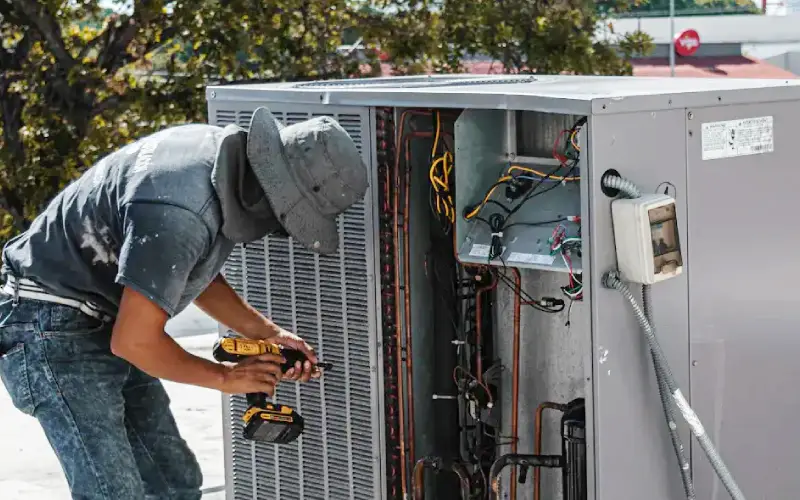
Grounding in Homes
You need safe wiring at home to protect your family. Grounding uses ground rods, wires, and special outlets. The National Electrical Code says you must use grounding electrodes. These can be rods, plates, or pipes. Most homes use ground rods. You drive ground rods at least 8 feet into wet soil. This lets electricity move safely into the earth if there is a problem.
You connect ground rods to the main panel with a copper or steel wire. The wire must be thick enough for fault currents. Place ground rods at least 2 feet from your house. Put them close to the panel. If you use more than one rod, space them 6 feet apart. This setup makes your grounding system strong.
| Grounding Method | Description | Code/Installation Details |
|---|---|---|
| Ground Rods | Metal rods go into the earth to send away electrical current. | Usually 8 feet long, made of copper or steel; must go straight down or at an angle if there is rock. |
| Concrete-Encased Electrode | Steel rebar in concrete, used when soil is dry. | At least 20 feet of rebar or copper, covered by 2 inches of concrete. |
| Metal Underground Water Pipes | Pipes touching the earth can be grounding electrodes. | At least 10 feet must touch the earth; bonding is needed at joints. |
| Plate Electrodes | Metal plates buried in the ground. | At least 2 square feet in size, buried 30 inches deep. |
| Ground Ring Electrodes | Bare copper wire circles the building underground. | At least 20 feet of No. 2 copper, buried 2.5 feet deep. |
Modern homes have three-prong outlets. The round hole connects to the grounding system. This keeps you safe if a wire comes loose in an appliance. New homes follow strict codes, so grounding works better. Old homes may have ungrounded outlets or bad connections. You should check your wiring and upgrade if needed.
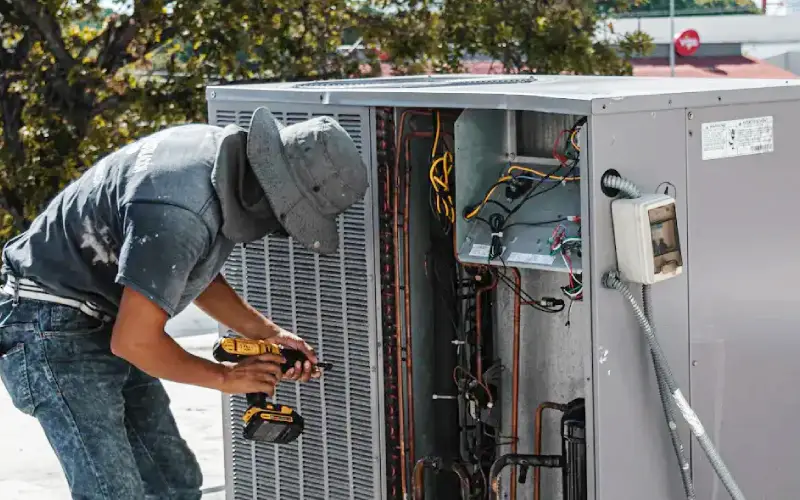
Tip: Use a tester to check if outlets are grounded. Upgrade old wiring for better safety.
Linkewell Solutions
You want safe grounding at home and at work. Linkewell has products that help you build a strong grounding system. Their control panels, cabinet air conditioners, and power boxes all support good grounding. These products use certified parts and follow safety rules like UL 508A, IEC 61439, and CE.
- Linkewell control panels use neutral and ground bars for safe return paths.
- Cabinet air conditioners have thermal fuses and heat-resistant parts to stop fires and damage.
- Power boxes use flame-proof materials and handle high loads, so they are safe for heavy use.
Linkewell products use good insulation and get tested often. This helps you avoid shock, fires, and equipment failure. You can trust these products for your home or big projects. Regular checks and certified parts keep your grounding strong for years.
Note: Always follow local codes and use certified products for grounding. Linkewell’s solutions make this easy.
When you use proper electrical grounding, you stay safe. Grounding lets extra current move safely into the earth. This lowers the chance of shock and keeps voltage steady. You should check if your outlets are grounded. Test GFCI devices to make sure they work. Watch for warning signs like shocks or flickering lights. Always follow safety codes and ask an electrician for help. Linkewell helps keep you safe with good products and quality focus.
FAQ
What happens if you do not have electrical grounding?
You risk electric shock, fire, and equipment damage. Without grounding, extra electricity cannot escape safely. This makes your home or workplace unsafe.
What does a ground wire look like?
You usually see a bare copper wire or a green-insulated wire. It connects your electrical panel to a metal rod in the earth.
What should you check to know if your outlets are grounded?
You can use a simple outlet tester. Plug it in and look for the correct light pattern. This tells you if the outlet has a proper ground.
What products help you achieve safe grounding?
You can use electrical control panels, power distribution boxes, and cabinet air conditioners from Linkewell. These products support safe grounding and follow strict safety standards.
Conclusion
Electrical grounding is a key safety step that protects you from electric shock, fire, and equipment damage. It gives extra electricity a safe path into the earth. Whether at home or work, proper grounding keeps voltage stable and your devices safe.
Linkewell offers certified products like control panels and power boxes to help you build a strong grounding system. Always follow codes and inspect your grounding regularly to stay safe.

